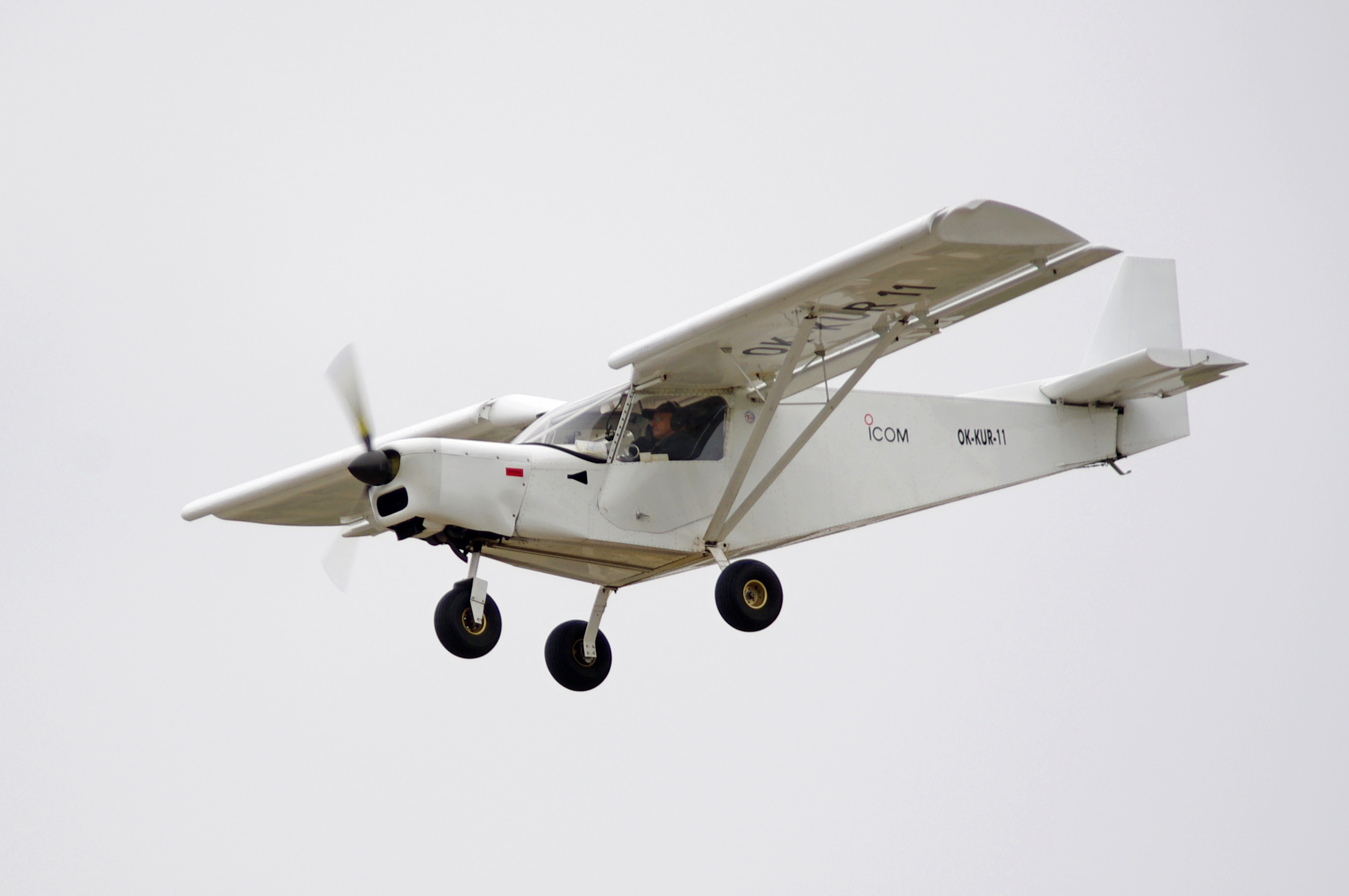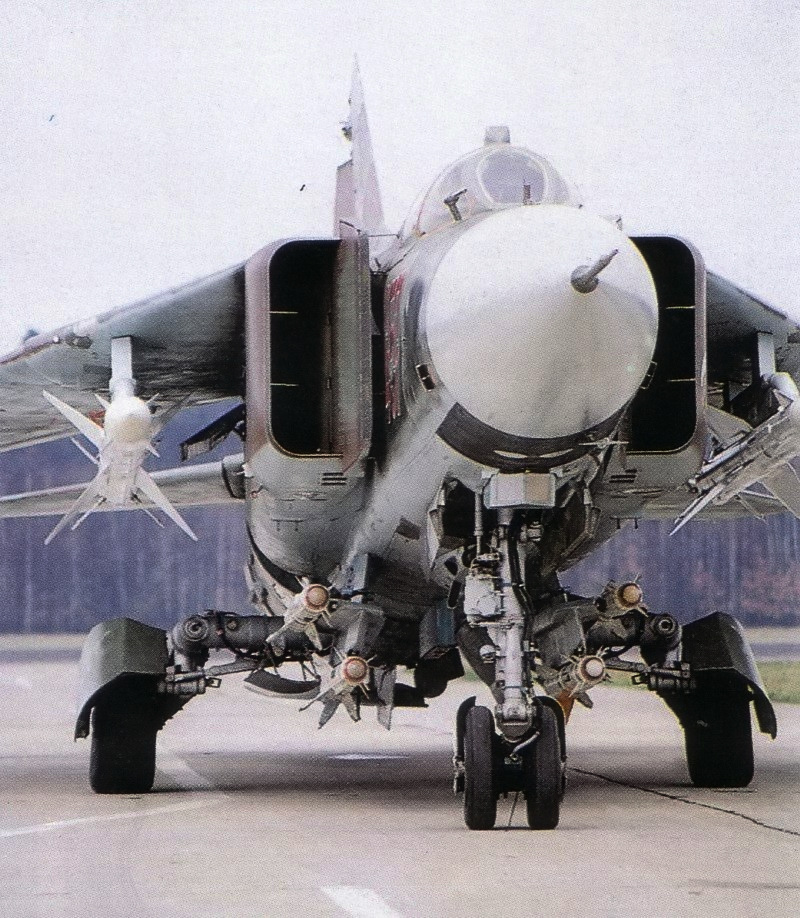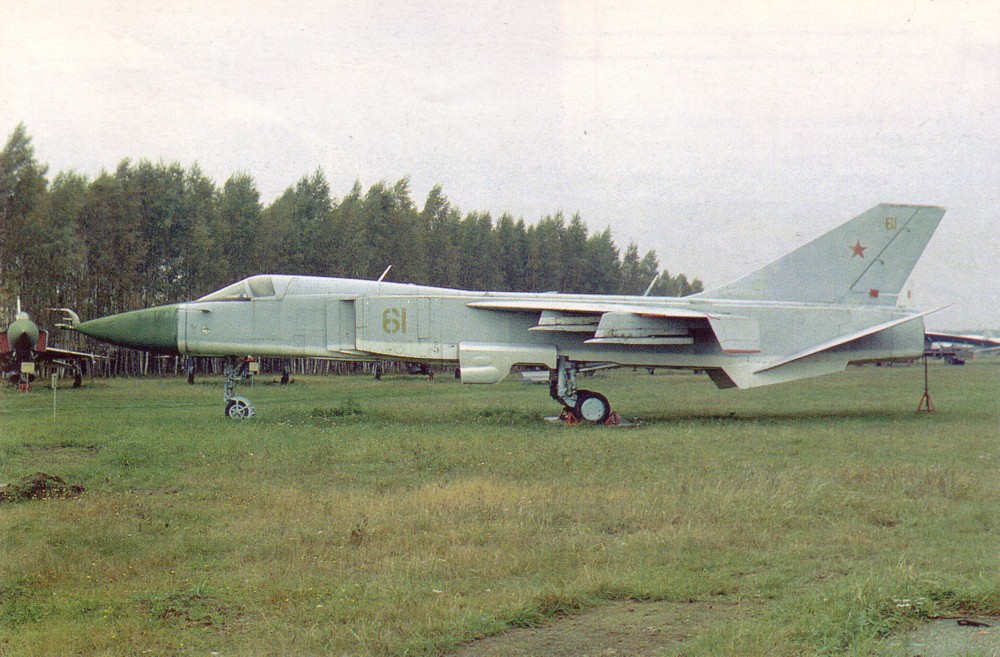|
Lift Jet
A lift jet is a lightweight jet engine installed only for upward thrust.{{cite book , url=https://archive.org/details/cambridgeaerospa0000guns/page/346/mode/2up , isbn=978-0-521-84140-5 , title=The Cambridge aerospace dictionary , date=2004 , last1=Gunston , first1=Bill , publisher=Cambridge University Press An early experimental program using lift engines was the Rolls-Royce Thrust Measuring Rig (TMR), nicknamed the "Flying Bedstead", first run in 1955. In the early 1960s both the Soviet Union and Western nations considered lift engines to provide STOL or even VTOL capability to combat aircraft. The Soviet Union did concurrent testing of versions of combat aircraft using swing-wing, variable geometry wings or lift jets but ruled out lift jets. Problems associated with lift engines include high fuel consumption, extra weight (which is simply dead weight when the engines are not needed for lift), and taking up fuselage volume that could be used for fuel or other systems. I ... [...More Info...] [...Related Items...] OR: [Wikipedia] [Google] [Baidu] |
Jet Engine
A jet engine is a type of reaction engine, discharging a fast-moving jet (fluid), jet of heated gas (usually air) that generates thrust by jet propulsion. While this broad definition may include Rocket engine, rocket, Pump-jet, water jet, and hybrid propulsion, the term typically refers to an internal combustion airbreathing jet engine, air-breathing jet engine such as a turbojet, turbofan, ramjet, pulse jet engine, pulse jet, or scramjet. In general, jet engines are internal combustion engines. Air-breathing jet engines typically feature a Axial compressor, rotating air compressor powered by a turbine, with the leftover power providing thrust through the propelling nozzle—this process is known as the Brayton cycle, Brayton thermodynamic cycle. Jet aircraft use such engines for long-distance travel. Early jet aircraft used turbojet engines that were relatively inefficient for subsonic flight. Most modern subsonic jet aircraft use more complex High-bypass turbofan, high-bypas ... [...More Info...] [...Related Items...] OR: [Wikipedia] [Google] [Baidu] |
Rolls-Royce Thrust Measuring Rig
The Rolls-Royce Thrust Measuring Rig (TMR) was a pioneering vertical take-off and landing (VTOL) aircraft developed by Rolls-Royce in the 1950s. It has the distinction of being "the first jet-lift aircraft to fly anywhere in the world". The design of the TMR is unique. It was powered by a pair of Nene turbojet engines, which were mounted back-to-back horizontally within a steel framework; in turn, this framework was raised upon four legs fitted with castors for wheels. The TMR lacked any lifting surfaces, such as wings; instead, lift was generated purely by the thrust being directed downwards. Due to its unconventional appearance, it was nicknamed the Flying Bedstead.Illingworth 1961, p. 2. The TMR had been envisioned specifically for conducting research, specifically to explore the potential applications of then-newly developed jet propulsion towards carrying out vertical flights. First flying in August 1954, extensive studies were conducted during a series of test flights ... [...More Info...] [...Related Items...] OR: [Wikipedia] [Google] [Baidu] |
Soviet Union
The Union of Soviet Socialist Republics. (USSR), commonly known as the Soviet Union, was a List of former transcontinental countries#Since 1700, transcontinental country that spanned much of Eurasia from 1922 until Dissolution of the Soviet Union, it dissolved in 1991. During its existence, it was the list of countries and dependencies by area, largest country by area, extending across Time in Russia, eleven time zones and sharing Geography of the Soviet Union#Borders and neighbors, borders with twelve countries, and the List of countries and dependencies by population, third-most populous country. An overall successor to the Russian Empire, it was nominally organized as a federal union of Republics of the Soviet Union, national republics, the largest and most populous of which was the Russian SFSR. In practice, Government of the Soviet Union, its government and Economy of the Soviet Union, economy were Soviet-type economic planning, highly centralized. As a one-party state go ... [...More Info...] [...Related Items...] OR: [Wikipedia] [Google] [Baidu] |
STOL
A short takeoff and landing (STOL) aircraft is a fixed-wing aircraft that can takeoff/land on short runways. Many STOL-designed aircraft can operate on airstrips with harsh conditions (such as high altitude or ice). STOL aircraft, including those used in scheduled passenger airline operations, can be operated from STOLport airfields that feature short runways. Design STOL aircraft come in configurations such as bush planes, autogyros, and Conventional landing gear, taildraggers, and those such as the de Havilland Canada Dash-7 that are designed for use on conventional airstrips. The PAC P-750 XSTOL, the Daher Kodiak, the de Havilland Canada DHC-6 Twin Otter and the Wren 460 have STOL capability, needing a short ground roll to get airborne, but are capable of a near-zero ground roll when landing. For any plane, the required runway length is a function of the square of the stall speed (minimum flying speed), and much design effort is spent on minimizing this number. For take ... [...More Info...] [...Related Items...] OR: [Wikipedia] [Google] [Baidu] |
VTOL
A vertical take-off and landing (VTOL) aircraft is one that can takeoff and landing, take off and land vertically without relying on a runway. This classification can include a variety of types of aircraft including helicopters as well as thrust-vectoring fixed-wing aircraft and other hybrid aircraft with powered helicopter rotor, rotors such as cyclogyro, cyclogyros/cyclocopters and gyrodynes. Some VTOL aircraft can operate in other modes as well, such as CTOL (conventional take-off & landing), STOL (short take-off & landing), or STOVL (short take-off & vertical landing). Others, such as some helicopters, can only operate as VTOL, due to the aircraft lacking landing gear that can handle taxiing. VTOL is a subset of V/STOL (vertical or short take-off & landing). Some aerostat, lighter-than-air aircraft also qualify as VTOL aircraft, as they can hover, takeoff and land with vertical approach/departure profiles. Electric vertical takeoff and landing aircraft, or eVTOLs, are being ... [...More Info...] [...Related Items...] OR: [Wikipedia] [Google] [Baidu] |
Swing-wing
A variable-sweep wing, colloquially known as a "swing wing", is an airplane wing, or set of wings, that may be modified during flight, swept back and then returned to its previous straight position. Because it allows the aircraft's shape to be changed, it is a feature of a variable-geometry aircraft. A straight wing is most efficient for low-speed flight, but for an aircraft designed for transonic or supersonic flight it is essential that the wing be swept. Most aircraft that travel at those speeds usually have wings (either swept wing or delta wing) with a fixed sweep angle. These are simple and efficient wing designs for high speed flight, but there are performance tradeoffs. One is that the stalling speed is increased, necessitating long runways (unless complex high-lift wing devices are built in). Another is that the aircraft's fuel consumption during subsonic cruise is higher than that of an unswept wing. These tradeoffs are particularly acute for naval carrier-based a ... [...More Info...] [...Related Items...] OR: [Wikipedia] [Google] [Baidu] |
Mikoyan MiG-23
The Mikoyan-Gurevich MiG-23 (; NATO reporting name: Flogger) is a variable-sweep wing, variable-geometry fighter aircraft, designed by the Mikoyan, Mikoyan-Gurevich OKB, design bureau in the Soviet Union. It is a third-generation jet fighter, alongside similar Soviet aircraft such as the Sukhoi Su-17, Su-17 "Fitter". It was the first Soviet fighter to field a look-down/shoot-down radar, the RP-23 Sapfir, and one of the first to be armed with beyond-visual-range missiles. Production started in 1969 and reached large numbers with over 5,000 aircraft built, making it the most produced variable-sweep wing aircraft in history. The MiG-23 remains in limited service with some export customers. The basic design was also used as the basis for the Mikoyan MiG-27, a dedicated ground-attack variant. Among many minor changes, the MiG-27 replaced the MiG-23's nose-mounted radar system with an optical panel holding a laser designator and a TV camera. Development The MiG-23's predecessor, th ... [...More Info...] [...Related Items...] OR: [Wikipedia] [Google] [Baidu] |
Sukhoi Su-24
The Sukhoi Su-24 (NATO reporting name: Fencer) is a supersonic, night fighter, all-weather tactical bomber developed in the Soviet Union. The aircraft has a variable-sweep wing, Twinjet, twin engines and a side-by-side seating arrangement for its crew of two. It was the first of the USSR's aircraft to carry an integrated digital Nav/attack system, navigation/attack system. The Su-24 started development in the early 1960s and first flew in 1967. It entered service in 1974 and production ceased in 1993. It remains in service with the Russian Aerospace Forces, Syrian Air Force, Ukrainian Air Force, Algerian Air Force and various other air forces to which it was exported. Development Background One of the conditions for accepting the Sukhoi Su-7, Sukhoi Su-7B into service in 1961 was the requirement for Sukhoi to develop an all-weather variant capable of precision air strikes. Preliminary investigations with ''S-28'' and ''S-32'' aircraft revealed that the basic Su-7 design was to ... [...More Info...] [...Related Items...] OR: [Wikipedia] [Google] [Baidu] |
Yak-38 Lift Engines NT
The Yakovlev Yak-38 (; NATO reporting name: "Forger") was Soviet Naval Aviation's only operational VTOL strike fighter aircraft in addition to being its first operational carrier-based fixed-wing aircraft. It was developed specifically for, and served almost exclusively on, the s (heavy aviation cruiser in Russian classification). Design and development Designed by the A.S. Yakovlev Design Bureau, the first drawings showed a supersonic aircraft strongly resembling the Hawker P.1154 in study in the United Kingdom, but with two R27-300 engines. Supersonic performance would have implied many difficulties of development, and it was decided to initially develop a relatively simple aircraft limited to Mach 0.95. Although the Yak-38 and Yak-38M were developed from the land-based Yakovlev Yak-36, the aircraft had almost nothing in common. The prototype VM-01 was finished on 14 April 1970. Though outwardly similar to the British Hawker Siddeley Harrier, it followed a completely ... [...More Info...] [...Related Items...] OR: [Wikipedia] [Google] [Baidu] |
Aircraft Carrier
An aircraft carrier is a warship that serves as a seagoing airbase, equipped with a full-length flight deck and hangar facilities for supporting, arming, deploying and recovering carrier-based aircraft, shipborne aircraft. Typically it is the capital ship of a naval fleet, fleet (known as a carrier battle group), as it allows a naval force to power projection, project seaborne naval aviation, air power far from homeland without depending on local airfields for staging area, staging aerial warfare, aircraft operations. Since their inception in the early 20th century, aircraft carriers have evolved from wooden vessels used to deploy individual tethered reconnaissance balloons, to nuclear marine propulsion, nuclear-powered supercarriers that carry dozens of fighter aircraft, fighters, strike aircraft, military helicopters, airborne early warning and control, AEW&Cs and other types of aircraft such as unmanned combat aerial vehicle, UCAVs. While heavier fixed-wing aircraft such as a ... [...More Info...] [...Related Items...] OR: [Wikipedia] [Google] [Baidu] |






